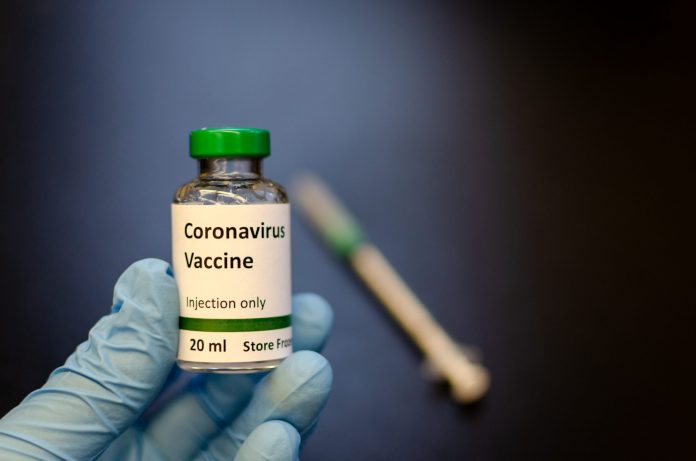The market’s climbing again this morning as the major indexes flip-flop from yesterday’s trend. The Dow is down and the S&P is up while the tech-heavy Nasdaq Composite enjoys a solid gain.
It’s long been speculated that a rotation out of tech and into value was overdue. After Monday’s Covid-19 vaccine news, that shift began to take place.
But now, investors are switching their focus back to growth stocks. That means the market will have endured yet another “head fake” if Big Tech continues climbing from here. Don’t forget, the same thing happened in mid-September when tech stocks slumped and Dow components surged.
Then, a few days later, the Nasdaq Composite zoomed higher, eventually eclipsing the Dow’s meager returns.
With a “90% effective” vaccine from Pfizer (NYSE: PFE) and BioNTech (NASDAQ: BNTX), a “value stock boom” makes sense at a high level. But we’re still months away from the actual deployment of the vaccine to Americans, let alone the rest of the world.
“We expect the PFE vaccine, and perhaps other vaccine candidates, will receive emergency use authorization (EUA) by January, and sufficient doses will be available to vaccinate the US population during the first-half of 2021,” wrote Goldman Sachs strategist David Kostin in a note to clients.
And, tactically, administering a vaccine is a whole other story. As is measuring its impact in terms of infections and deaths.
A grand economic reopening might take longer than expected as a result.
Plus, Congress is experiencing even more stimulus gridlock. The mega-relief package appears to be off the table for the time being.
Instead, a more limited solution is being workshopped by Republicans and Democrats.
That’s got bulls feeling more skittish than they should following a vaccine bombshell.
Wall Street, however, isn’t overly worried about the stimulus package given Q3’s superior corporate revenues.
“We lift our S&P 500 EPS growth estimates to $136 in 2020 (-17%), $175 in 2021 (+29%), $195 in 2022 (+12%), $207 in 2023 (+6%), and $218 in 2024 (+5%),” Kostin also wrote.
“Our increased estimates primarily reflect much better-than-expected results in 3Q. S&P 500 EPS in 3Q 2020 was expected to fall by 21% but realized growth of just -8% (+$5 swing).”
JPMorgan analysts shared similar S&P targets in their own evaluations.
Overall, the big investment groups believe happy days are here again. And it’s all thanks to, what else, but the Federal Reserve.
Fed Chairman Jerome Powell has remarked time and time again that the U.S. economy needs additional stimulus.
Without it, he argues the economy won’t recover like it should. So, it could be said that if Congress doesn’t save the day, the Fed is almost guaranteed to take its place.
Even if that means uncorking another round of quantitative easing (QE) after already authorizing several extremely dovish actions.
We keep hearing about the “new normal” and how it applies to living in a post-Covid world. But in reality, the bigger “new normal” is how the financial system will operate following a series of immense cash injections.
It’s certainly fattening-up stocks, and at some point, the market will have to barf it up. Either all at once or slowly over time.
There’s no telling when that will happen, though, so staying long – as hard as it may be to justify at times – is likely the right move. Sitting on the sidelines could end up costing you big time as inflation eats away at your nest-egg.
While everyone else attempts to keep pace with an ever-weakening dollar.








